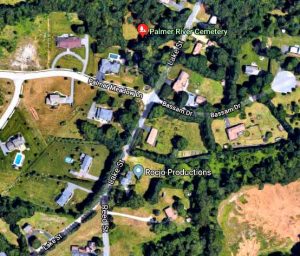The Palmer’s River Cemetery in Rehoboth is the site of the ceremony of Christian burial of William Cahoon in June, 2000. Cahoon was appointed in 1673 as the brickmaker for the Town of Swansea. It is also noted as the burial place of Sgt. Jonathan Bliss who died on June 11, 1687, though the cemetery was not begun until 1717. On May 26, 1668, Bliss was one of eighty who received land in the Rehoboth North Purchase, and drew a lot for additional land in the North Purchase on March 18, 1668-69.
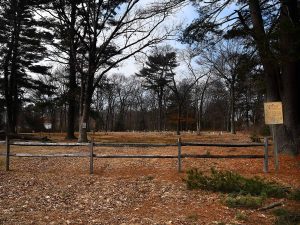
“On June 24, 1675, he volunteered to go and get a physician to treat several settlers who had been ambushed by the Wampanoag Native Americans while returning from a First Baptist Sunday morning service.This was during King Philip’s War.He was, likewise, ambushed and stabbed to death. . . The parts of him that were later found were quickly buried a short time later, but there was no formal burial service due to the threat of attack.However, on June 25, 2000, the Cahoon’s descendants held a formal Christian burial service in his honor led by Rev. Edgar Farley. [from http://www.genealogy.com/forum/surnames/topics/cahoon/807/ ]
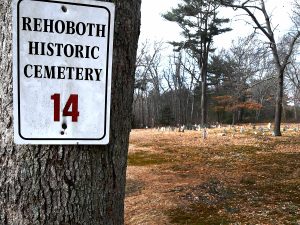
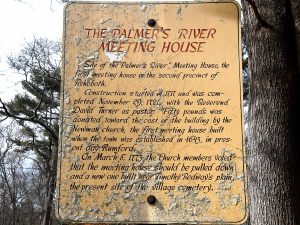
According to the sign at the site, the Palmer’s River Cemetery in Rehoboth was not begun until 1717 when a meeting house was constructed at this location with the Rev. David Turner as pastor. The building survived until 1721 when it was pulled down and a new one built near Timothy Redway’s plain, the present site of the village cemetery.
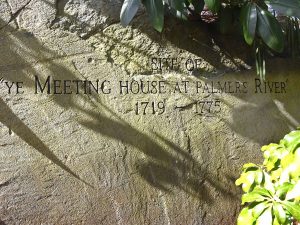
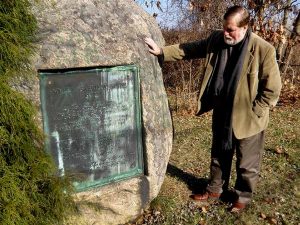
William was the first Cahoon to die in military conflict in the new world. In June of 1675, hostilities broke out between the American Aborigines and the colonists. As a group of settlers headed home from a “Solemn Day of Humiliation Before the Lord” (A Day of Prayer) at the Baptist Meeting House, they were attacked by Indians. Some were killed immediately and others were seriously wounded. They took refuge in Rev. John Myles’ Garrison house, which was constructed with stone walls, hoping to treat their wounded and protect themselves from further harm. After a while it became apparent that others were going to die without the help of a physician. William, who was in the house with his wife Deliverance and their seven children; Samuel, Joseph, Mary, William, James, Nathaniel & John, volunteered to make the very dangerous journey from Swansea to Rehoboth Mass. to bring back a doctor. The photo on the right is of a Cahoon descendant at the Myles Garrison house marker in Swansea.


William was ambushed by Pokanoket Indians very near this cemetery. He was killed and mutilated. His body was discovered the next day by three men; Thomas Savage, James Oliver & Thomas Brattle, who were sent from Boston, in hopes of negotiating a peace with the Indians. William’s remains were found at what is now the corner of Lake Street and Wheeler Street, less than a mile from this cemetery. He was not brought home until two days after his death. There was never a formal Christian burial for his remains. It is, however, reasonable to assume that his remains could have been interred in this cemetery. There is also some supposition that his butchered body may have been buried near his home. This attack was the beginning of the King Philip’s War, which saw almost every building in Swansea burned to the ground.
Click here for the Cahoon Family web page.
Click here for the Find-A-Grave web page on William Cahoon.
Click here for the Find-A-Grave web page on Sgt. Jonathan Bliss.
Click here for the Find-A-Grave web page on the Cemetery.

